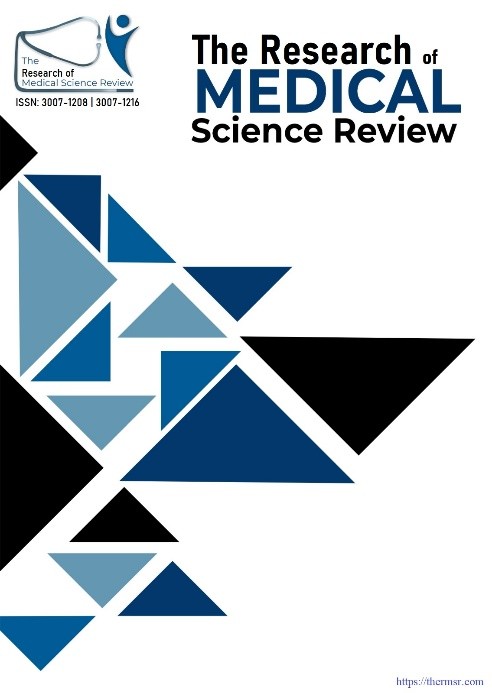COMPARISON OF BIOFILLER IN ATROPHIC ACNE SCAR MARKS WITH AND WITHOUT MICRO-NEEDLING (SPLIT FACE ANALYSIS)
Main Article Content
Abstract
Background:
Atrophic acne scars pose both cosmetic and psychological challenges for affected individuals. Biofillers and microneedling have emerged as promising, minimally invasive treatment options to improve scar appearance and promote dermal regeneration.
Objective:
To evaluate and compare the efficacy of biofiller alone versus a combination of biofiller and microneedling in treating atrophic acne scars using a split-face analysis.
Methodology:
A prospective, split-face clinical study was conducted on 38 patients aged 18–45 with moderate to severe atrophic acne scars. The right side of each participant’s face received microneedling followed by PRP-based biofiller, while the left received only the biofiller. Treatments were performed monthly for three sessions, and outcomes were assessed one month after the final session. The primary outcome measure was the Goodman and Baron Scar (GBS) score, and secondary outcomes included patient satisfaction and adverse effects. Two blinded dermatologists performed assessments.
Results:
Baseline GBS scores were statistically similar between the two sides (right: 24.95, left: 25.11, p = 0.273). Post-treatment, the right side (combination therapy) showed a significantly greater reduction in GBS score (mean: 12.71) compared to the left side (mean: 18.47) (p < 0.001). Patient satisfaction scores were also higher on the combination side (mean: 4.5) than on the monotherapy side (mean: 2.5) (p < 0.001). Side effects were mild, with slightly more edema on the microneedling side and slightly more post-inflammatory hyperpigmentation on the monotherapy side.
Conclusion:
Combining microneedling with biofiller is more effective than using biofiller alone to improve atrophic acne scars. The approach enhances scar remodeling and patient satisfaction, indicating a synergistic therapeutic benefit. Further studies with larger sample sizes and extended follow-up are recommended to validate these findings.
Downloads
Article Details
Section

This work is licensed under a Creative Commons Attribution-NonCommercial-NoDerivatives 4.0 International License.
